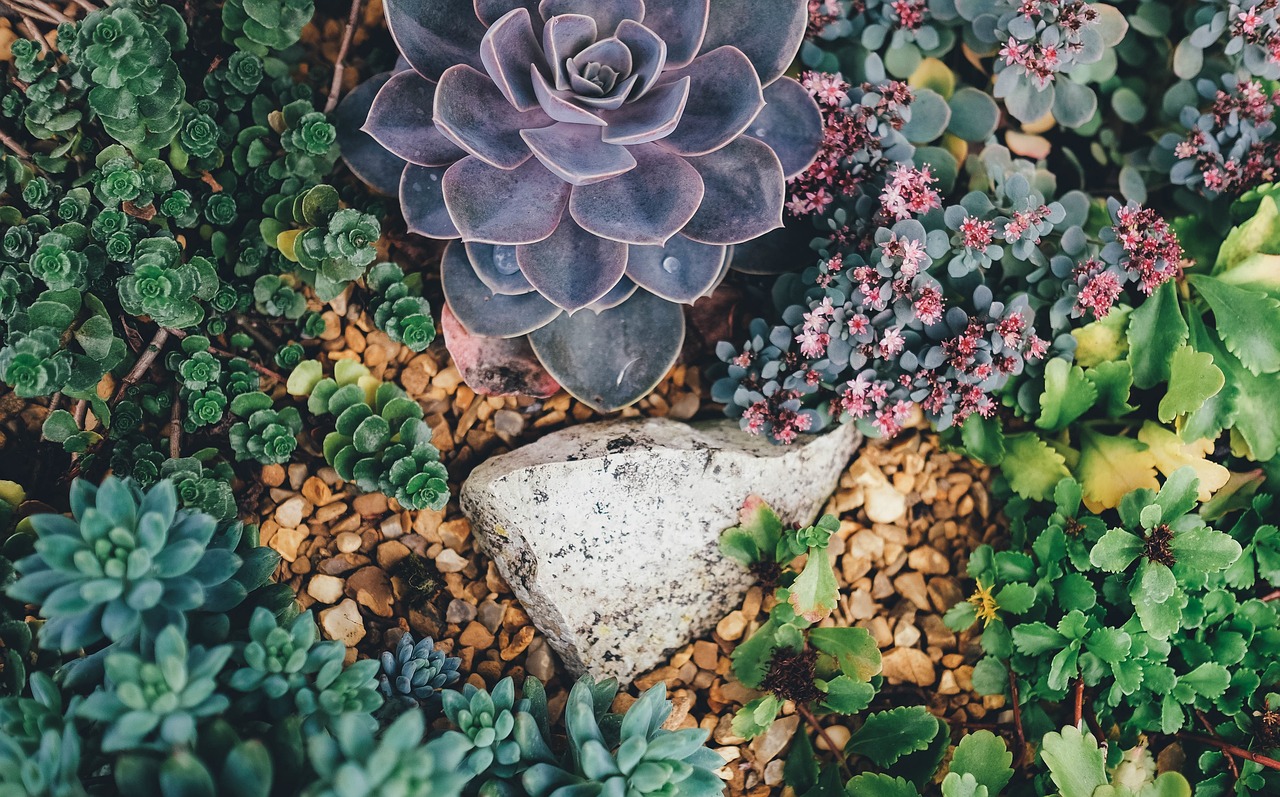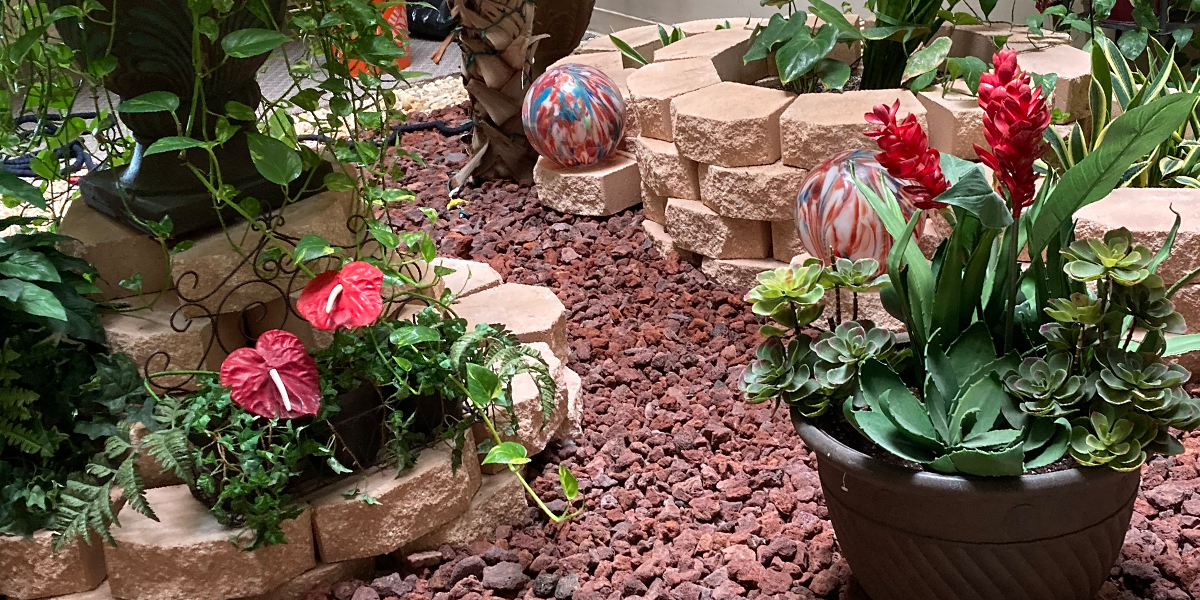Succulents Create Unique Natural Displays
A succulent is a plant with thick, fleshy tissues that are well-suited for storing water. Some varieties of succulents – most notably cacti – have no leaves and thus store water in the stem; while varieties such as agaves store water primarily in their leaves. Most succulents are native to deserts or semiarid regions, but they are exceptionally popular around the world as ornamentals and houseplants.
Did You Know? Although succulents are able to survive hot desert climates and withstand long droughts, some varieties can also survive freezing temperatures, rain and snow, as long as the soil provides adequate drainage, so the roots do not rot and kill the plant.

Succulents add unique beauty to any setting, and they are easy to care for as they require little in the way of water. Let’s take a closer look at these fascinating, drought-loving plants.
5 Interesting Facts About Succulents
- They are Colorful: Many plants that are cultivated for home and office use are green, and many succulents grow in green hues as well. However, succulents can be cultivated in virtually any color, with diverse varieties showcasing shades of blue, purple, pink, white, orange, red, and even black. The color of succulents may change at times, depending on seasonal factors such as the amount of sunlight they are exposed to. Oddly enough, when the plants are stressed, they tend to explode into their most vibrant colors.
- They Can Grow Vertically: Because succulents can grow quite well on a vertical surface, they are fantastic when creating indoor living walls. There are other characteristics that make them a wonderful addition to these installations as well – they are naturally slow-growing, require only infrequent watering, and can be installed closely together. While close proximity will slow their growth even further, it will create a robust root system that will support and reinforce your vertical living wall.
- They Come in a Wide Variety of Sizes: The diversity of succulents is truly impressive. There are over 10,000 species of succulents worldwide, and they grow in all shapes, colors, and sizes – ranging from tiny, delicate plants to sprawling trees. In fact, although we tend to think of desktop plantings when we hear the term, the African Baobab Tree is also a succulent – and it can grow to over 80 feet in height and 90 feet around! Of course, you won’t see many succulents of large size in office environments, but it’s amazing to know they exist.
- They Are Useful for Other Purposes: Aside from gracing our gardens and landscapes, succulents are also used in a wide variety of consumer products. The most well-known product derived from a succulent is likely aloe vera gel, which is integrated into many skin and beauty products, most notably for the treatment of sunburns. Agave is also quite prolific, found in alcoholic beverages, textiles, and twine. Some forms of agave are even being used to make shoes and rugs. The most well-known edible succulents are dragonfruit and purslane.
- They Are Naturally Protected from the Sun: Some varieties of succulent have a waxy, dust-like substance that coats their leaves. This coating is known as either epicuticular wax or farina, and it functions as a sort of sunscreen for the plant. The waxy coating protects the plant from burning or withering under the sun’s brutal heat and light. If you have a succulent living outside that is coated in farina, be sure to handle it carefully. Even a slight touch can remove the coating and permanently damage the plant.
Create Exotic Living Walls
Succulents are amazing, diverse plants that can be easily integrated into beautiful and unique living walls. If your commercial, retail, or office space could benefit from greenery and plant life, plant leasing is the solution for you. At Tropex, we specialize in designing the ideal interior or exterior plantscapes to reflect your brand and culture. If you aren’t sure where to begin, call to set up an initial appointment with one of our expert design consultants.


